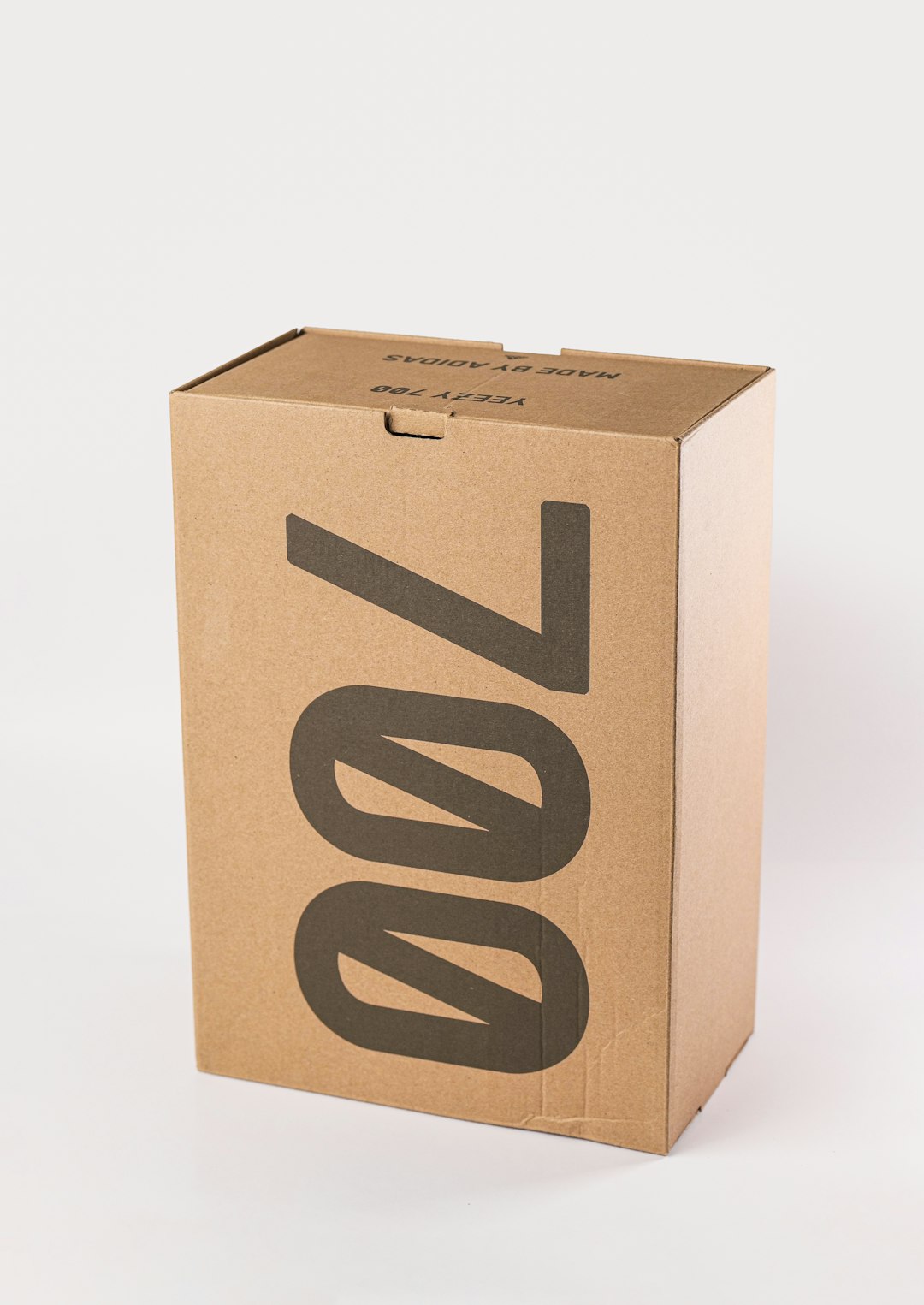In the digital era, online shopping has transformed the way we buy everything—from household essentials to gourmet treats. One popular category that has seen significant growth is cookie sales online. Whether driven by small bakeries, fundraisers, or large-scale dessert brands, the demand for cookies delivered to your doorstep has become a booming segment of the e-commerce market. However, one often overlooked yet crucial aspect of this industry is the logistical landscape of ZIP code restrictions and delivery windows.
Why ZIP Code Restrictions Exist
When browsing an online cookie store, customers sometimes encounter a disappointing message: “We do not ship to your ZIP code.” These limitations are not arbitrary. They are put in place for a variety of logistical, financial, and legal reasons. Let’s break down a few of the most common causes:
- Shipping Regulations: Some states or regions have strict regulations on the shipment of food products, especially perishables.
- Cost Efficiency: Remote or rural areas can dramatically increase shipping costs, making it unprofitable for companies to support delivery there.
- Freshness Guarantee: Companies that pride themselves on freshness may choose to ship only to nearby ZIP codes to ensure quality upon arrival.
- Third-party Delivery Partners: Partnerships with courier services also dictate coverage areas, and not all ZIP codes fall within their operational zones.
This practice isn’t limited to mom-and-pop bakeries. Even national food delivery services have ZIP-restricted zones. While these restrictions may seem frustrating at times, they are crucial for balancing customer satisfaction with operational efficiency.
How Delivery Windows Play a Role
Equally important to ZIP code restrictions are delivery windows, which refer to the time frames within which a product can be delivered. Delivery window management is essential in maintaining product quality, optimizing logistics, and enhancing customer experience. Some cookies need to arrive crispy, while others need to stay gooey and soft. Getting the right timing is key.
There are two primary types of delivery windows common in cookie sales:
- Fixed Delivery Windows: These are set spans of time (e.g., Tuesdays and Thursdays from 12 PM – 6 PM) during which deliveries are made.
- Dynamic Delivery Windows: These allow customers to choose from available slots, based on real-time order volume and route optimization.
For businesses, offering dynamic delivery windows typically requires advanced logistics software and driver coordination but provides a better experience for the customer. Fixed windows, on the other hand, offer simplicity and predictability for both the company and the customer.

Balancing Customer Reach and Operational Viability
In an ideal world, cookie sellers would be able to deliver delicious treats to every doorstep. However, expanding delivery zones requires balancing scale with profitability. Here are some strategies businesses use to manage this balance:
- Zone-based Pricing: Delivery charges vary depending on how far the destination is from the production facility.
- Minimum Order Values: Customers must meet a minimum order amount for delivery to certain ZIP codes, balancing the cost of shipping.
- Batch Deliveries: Orders within the same ZIP code are grouped and delivered together, reducing logistical overhead.
- Local Pickup Points: For areas outside direct delivery zones, some businesses offer local drop-off locations.
When businesses tailor their ZIP code coverage and delivery windows based on these strategies, it allows them to scale more sustainably while maintaining high-quality service.
Customer Experience and Expectations
Customers ordering cookies online are not just buying a product; they’re buying an experience. That’s why transparency during checkout about delivery windows and shipping capabilities is so important. A poor delivery experience—cookies arriving late, stale, or broken—can deter repeat purchases and damage a brand’s reputation.
To maintain consumer trust, leading cookie brands are adopting the following best practices:
- Real-Time Tracking: Letting customers know exactly when to expect their order.
- Delivery Window Notifications: Automated SMS or email alerts when a delivery window is approaching.
- Packaging Innovations: Using insulated, shock-resistant packaging to ensure cookies arrive in perfect condition.
These customer-centric efforts not only improve delivery effectiveness but also build brand loyalty in a competitive market.
Technology Behind the Scenes
Managing ZIP restrictions and delivery windows effectively isn’t a manual task. It requires robust e-commerce platforms integrated with intelligent logistics systems. Here’s a quick look at the technological components typically involved:
- Geolocation Services: Automatically flag orders from unsupported ZIP codes.
- Route Optimization Algorithms: Calculate the most efficient delivery routes for multi-stop orders.
- Inventory Syncing: Ensures that only inventory available within a specific region is shown to a customer.
- Weather & Traffic API Integration: Real-time adjustments to delivery windows based on current external conditions.
These technologies not only automate operations but also enable real-time adjustment capabilities, critical during holiday seasons or in response to sudden weather events.

Regional vs. National Delivery Models
Different online cookie businesses take different approaches based on their scale. For instance, a local bakery may only serve a cluster of ZIP codes within a 20-mile radius. Their orders are often delivered by their own staff or a local courier service. The benefit here is personalized service and fresh, oven-to-doorstep delivery.
On the other hand, national brands often rely on third-party logistics (3PL) providers to handle fulfillment across the country. This model demands rigid quality control processes and reliable shipping partners. But it provides the advantage of scale and brand visibility across markets.
Each Model Has Trade-offs
- Local Model: More control and better quality assurance but limited scalability.
- National Model: Broader reach and increased sales potential but with higher operational and risk management needs.
Seasonal Fluctuations in Delivery Demand
Online cookie sales often spike around holidays such as Christmas, Valentine’s Day, and other gifting occasions. During these times, ZIP restrictions might even temporarily change—some areas might be excluded due to high volume, while others may be included to capitalize on demand. Similarly, delivery windows may become narrower, and some flexibility might be sacrificed for the sake of volume management.
Smart companies prepare for these spikes by:
- Hiring temporary drivers
- Pre-baking and staging inventory
- Limiting customization options to streamline production
- Pre-scheduling deliveries to manage peak-day bottlenecks
Planning in this way ensures that customers still enjoy a high-quality experience, even during the busy season.
Looking Ahead: The Future of Cookie Delivery
With growing customer expectations and evolving technology, the way cookies are sold and delivered online is bound to evolve. Drones, autonomous delivery bots, and AI-powered logistics software may soon redefine what it means to order a cookie online.
Customers may one day enjoy real-time delivery within minutes of placing an order, with hyper-localized ZIP code targeting and personalized delivery window suggestions based on AI behavior analysis. Of course, the commitment to freshness, quality, and joyful snacking will always remain at the heart of this sweet business.
In the meantime, understanding and working within the current landscape of ZIP restrictions and delivery windows remain critical to finding success in online cookie sales.
So next time you browse your favorite online bakery, take a moment to appreciate the complex network of decisions and technologies that make a box of cookies arrive fresh, on time, and ready to delight.
